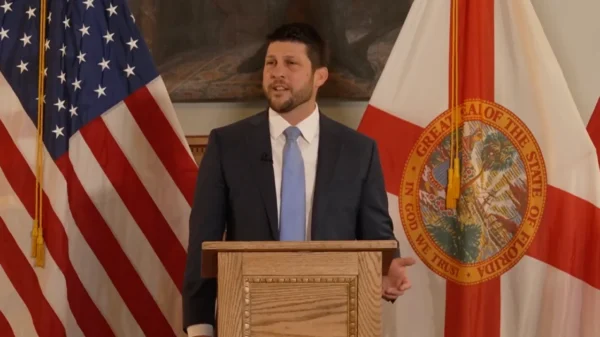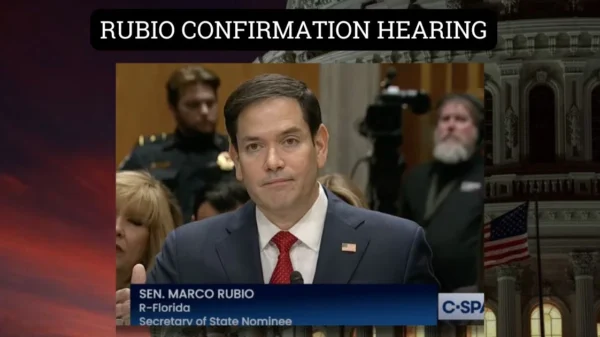This week, U.S. Sen. Marco Rubio, R-Fla,, sent a letter to Federal Highway Administration (FHA) Administrator Nicole Nason, urging the adoption of a safety recommendation issued by the National Transportation Safety Board (NTSB) in the aftermath of the March 15, 2018 Florida International University (FIU) Bridge collapse. On October 22, 2019, the NTSB adopted the highway accident report stemming from its investigation into the FIU pedestrian bridge collapse and issued new safety recommendations to federal, state and private entities.
The full text of the letter below.
Dear Administrator Nason:
I write to urge the Federal Highway Administration (FHA) to adopt the recommendation of the National Transportation Safety Board (NTSB), issued in the highway accident report on the pedestrian bridge collapse over SW 8th Street in Miami, Florida. The recommendation aims to assist the American Association of State Highway and Transportation Officials (AASHTO) with creating requirements related to the structural integrity and design of concrete bridges.
As you may know, on March 15, 2018, a 174-foot long, partially-constructed pedestrian bridge in Miami collapsed, tragically killing six individuals and injuring ten others. The NTSB has since engaged in an investigation into the collapse and has issued an abstract report, which details the causes of the event and delivers safety recommendations to prevent similar disasters from occurring in the future. Specifically, the abstract report points out flawed bridge design, inadequate peer review by independent evaluators, poor engineering judgment and response to cement cracking, and lack of redundancy guidelines in the bridge design, as factors which led to the collapse.
As noted above, the report issues a new safety recommendation to the FHA to work together with AASHTO and develop design requirements for concrete bridge structures to ensure the integrity and safety of future projects by properly accounting for load and capacity. As in any such tragedy, those tasked with the responsibility of ensuring public safety must take away lessons and ensure that adequate systems are in place to prevent such occurrences from happening again. It is my hope that FHA engages with AASHTO to carry out this recommendation thoroughly and expediently to prevent future tragedies from occurring.
Thank you for your attention to this important matter.




















